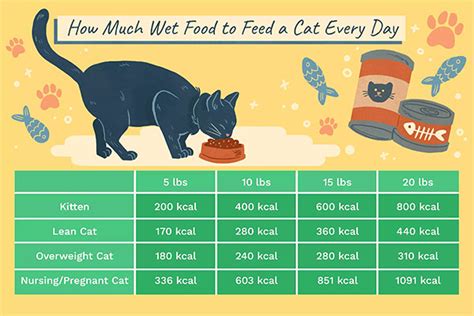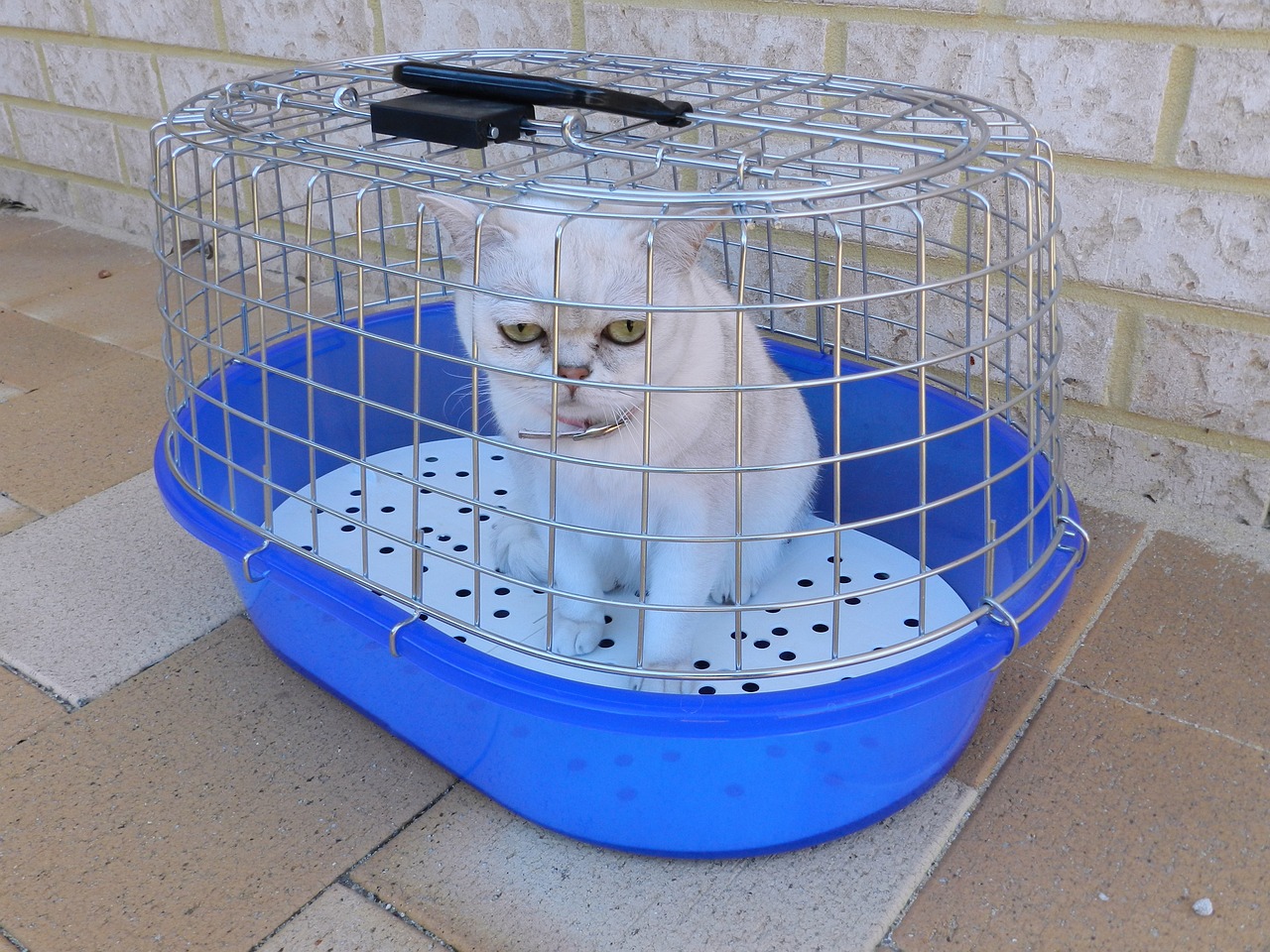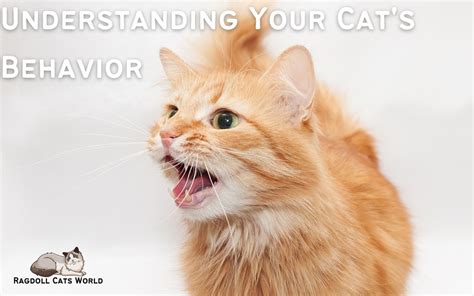Explore essential feline nutrition, debunk myths, and learn how to choose and transition diets for your cat’s optimal health and well-being.**A Guide to Feline Nutrition: Feeding Your Cat for a Healthy Life**
As a devoted cat owner, ensuring your feline friend receives optimal nutrition is paramount for their well-being and longevity. With an overwhelming amount of information available, navigating the world of feline nutrition can feel daunting. This guide will demystify the essential components of a cat’s diet, shedding light on crucial nutrients and practical feeding strategies. You’ll discover the benefits of both dry and wet food, debunk common myths that may misguide your choices, and learn how to transition your cat’s diet effectively. By understanding the fundamentals of feline nutrition, you can make informed decisions that promote a healthier, happier life for your cat. Join us as we explore the path to proper nourishment for your cherished companion.
Understanding Feline Nutrition: Key Components for Optimal Health
When it comes to feline nutrition, understanding the key components is essential for maintaining your cat’s overall health and well-being. Cats are obligate carnivores, which means their bodies have evolved to require nutrients found primarily in animal products. Here are the fundamental elements of feline nutrition that every cat owner should be aware of:
- Proteins: Being rich in amino acids, protein is crucial for a cat’s growth, energy, and overall health. Essential amino acids such as taurine must come from their diet, as cats cannot synthesize them efficiently.
- Fats: Healthy fats are vital for providing energy and supporting cell structure. Fatty acids like omega-3 and omega-6 play important roles in promoting a healthy coat and skin, as well as supporting cognitive function.
- Carbohydrates: While cats do not require carbohydrates in the same way that some other animals do, certain easily digestible carbs can provide a source of energy and fiber, aiding in digestion.
- Vitamins: Various vitamins such as A, D, E, and certain B vitamins are important for metabolic functions, eye health, and immune system support in cats.
- Minerals: Essential minerals like calcium, phosphorus, and potassium are necessary for bone health, muscle function, and maintaining overall cellular balance.
Incorporating a diet that appropriately balances these components can lead to a happier, healthier life for your feline friend. Always consult with a veterinarian to determine the best dietary plan that suits your cat’s specific needs, while keeping in mind the principles of feline nutrition.
Essential Nutrients for Cats: How They Support Well-Being
Understanding feline nutrition goes beyond just knowing what to feed your cat. It’s about ensuring that their diet is rich in essential nutrients that support their overall well-being. Here’s a breakdown of the key nutrients required for maintaining a healthy cat:
- Proteins: Cats are obligate carnivores, meaning they require high-quality protein for their bodily functions. Proteins provide the necessary amino acids that support tissue repair, immune function, and energy levels.
- Fats: Fats are a concentrated source of energy and are vital for a healthy coat and skin. Omega-3 and Omega-6 fatty acids, in particular, promote brain and heart health, and help reduce inflammation.
- Carbohydrates: While cats don’t require carbohydrates in their diet, they can obtain energy from them. Complex carbohydrates can provide a valuable source of fiber, aiding in digestion and preventing hairballs.
- Vitamins: Essential vitamins like A, D, E, and B complex play crucial roles in vision, metabolism, immune function, and skin health. They help cats efficiently utilize nutrients in their diet.
- Minerals: Key minerals such as calcium and phosphorus are important for bone health, while potassium, magnesium, and sodium help regulate body processes and maintain overall balance.
- Water: While not a nutrient in the traditional sense, hydration is vital for your cat’s health. Adequate water intake supports kidney function, digestion, and overall well-being.
Building a diet that encompasses these essential nutrients is crucial for your cat’s health. A balanced diet rich in proteins, fats, vitamins, and minerals not only fosters growth and energy but also supports a long and healthy life. Always consult with your veterinarian to tailor your cat’s nutritional needs according to their specific health requirements and lifestyle.
Choosing the Right Diet: Dry vs. Wet Food for Feline Nutrition
When it comes to feline nutrition, one of the most common debates among cat owners is whether to feed their cats dry or wet food. Both options have unique benefits, and understanding these can help you make an informed decision that caters to your cat’s specific health needs.
Dry Cat Food (Kibble)
- Convenience: Dry food is easy to store and measure, making it convenient for feeding routines.
- Dental Health: Kibble can help reduce tartar buildup on teeth, promoting better oral health.
- Cost-Effective: Generally, dry foods are more economical than wet foods, allowing for budget-friendly options.
Wet Cat Food (Canned Food)
- Hydration: Wet food has a higher moisture content, which can be beneficial for cats that do not drink enough water.
- Palatability: Many cats find wet food more appealing, which can be particularly important for finicky eaters.
- Variety: Wet food often comes in a variety of flavors and textures, stimulating a cat’s interest in their meals.
To determine which diet is best for your cat, consider their age, health conditions, and preferences. Some owners choose to mix both dry and wet food to provide a balanced approach that incorporates the advantages of each. Additionally, always consult your veterinarian for personalized advice tailored to your cat’s specific needs.
Common Myths About Feline Nutrition Debunked for Better Choices
When it comes to feline nutrition, misinformation can lead to poor dietary choices for our beloved cats. Here, we’ll debunk some of the most common myths surrounding feline nutrition to help you make informed decisions.
While some animals can adapt to a plant-based diet, cats are obligate carnivores. This means they require specific nutrients found only in animal products, such as taurine, arachidonic acid, and vitamin A.
Many people believe that milk is a treat for cats. In reality, a significant percentage of adult cats are lactose intolerant, which can lead to digestive upset if they consume dairy.
While some cats may have grain allergies or sensitivities, most healthy cats can digest grains without any issues. It’s important to assess your cat’s individual dietary needs rather than adhering to trends.
Dog food lacks essential nutrients that cats need to thrive. A diet based solely on dog food can lead to serious health issues over time.
While some cat owners may prefer a single feeding schedule, most cats do better with multiple small meals throughout the day, mimicking their natural hunting behavior.
Understanding these myths is crucial for providing optimal feline nutrition, ensuring your cat maintains a healthy and balanced diet. Being aware of misleading information allows you to choose the right food options that genuinely support your cat’s well-being.
How to Transition Your Cat’s Diet for Improved Nutritional Balance
Transitioning your cat’s diet can be crucial for ensuring that they receive a balanced intake of essential nutrients for their overall health. When changing your cat’s food, whether it’s switching brands, formulas, or types (dry to wet food or vice versa), it’s important to do so gradually to prevent digestive upset and to help your cat adapt to the new diet.
Here are the steps to successfully transition your cat’s diet:
- Start Slowly: Mix a small amount of the new food with the current food. A good starting ratio is 75% old food to 25% new food.
- Monitor Your Cat: Keep an eye on your cat’s reaction to the new diet. Look for any signs of discomfort or digestive issues, such as vomiting or diarrhea.
- Gradually Increase New Food: Over the next 7-10 days, gradually increase the ratio of new food to old food. Aim for a final ratio of 100% new food by the end of the transition period.
- Stick to the Schedule: Maintain a consistent feeding schedule. Feed smaller amounts more frequently rather than larger meals infrequently to help your cat adjust better.
- Consult Your Veterinarian: If your cat has any underlying health conditions or if you are unsure about the best food options, consult your veterinarian for personalized advice regarding feline nutrition.
Keep in mind that patience is key during this process. Your cat may take a little time to accept the new food, so ensure that the transition is gradual and stress-free. This will not only help them adjust to their new diet but also support their overall well-being and nutritional balance.
Frequently Asked Questions
Why is feline nutrition important?
Feline nutrition is crucial for maintaining a cat’s overall health, supporting their immune system, promoting a healthy weight, and preventing various health issues.
What are the key components of a balanced cat diet?
A balanced cat diet should include protein, fats, carbohydrates, vitamins, and minerals to ensure all nutritional needs are met.
How much should I feed my cat?
The amount of food your cat needs depends on their age, weight, activity level, and health status. Generally, consult the feeding guidelines on your cat food packaging or your veterinarian for personalized advice.
Are there specific dietary needs for kittens?
Yes, kittens require a diet rich in protein and calories to support their rapid growth and development, typically formulated as ‘kitten food’.
What types of food are best for cats: dry or wet?
Both dry and wet food have their benefits. Wet food provides extra moisture, which is important for hydration, while dry food can help with dental health. A combination of both is often recommended.
Can I feed my cat human food?
Some human foods, like plain cooked meats and certain vegetables, are safe for cats in moderation. However, many foods can be toxic, so it’s important to research or consult with a veterinarian before making any changes.
How can I tell if my cat is healthy based on their diet?
Signs of a healthy cat diet include a shiny coat, proper weight, regular bathroom habits, and good energy levels. If you notice changes in these areas, it might be time to revisit their nutrition.










